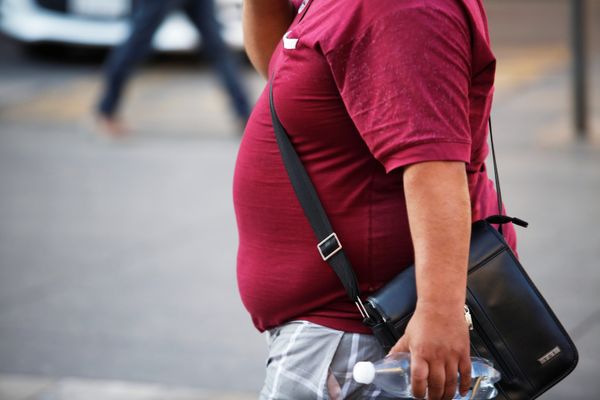KUALA LUMPUR, Jan 10 — The rising prevalence of overweight and obesity among adults in Malaysia is a growing concern, with statistics revealing that more than half of its adult population fall into these categories.
Based on the National Health and Morbidity Survey (NHMS) 2023 report, around 54.4 per cent of Malaysian adults are categorised as overweight or obese.
Its findings reflect a continued upward trend in the obesity rate over the past decade, surging by nearly 10 percent since 2011.
According to the latest data from The World Factbook (2016–2024) by the Central Intelligence Agency, Malaysia ranks second in Southeast Asia, after Brunei, for the highest proportion of obese citizens.
Experts attribute it to the sedentary lifestyles and unhealthy eating habits of Malaysians, adding that obesity exposes them to chronic diseases such as diabetes, heart disease and hypertension.
Prof Datuk Dr Nik Ritza Kosai Nik Mahmood, a consultant in gastrointestinal and obesity surgery at Hospital Canselor Tuanku Muhriz (HCTM) here, said while a healthy diet and regular exercise regime help with weight loss and management, people who can afford it may also opt for treatments such as bariatric surgery to shed their excess weight, thanks to advancements in medical technology.
“Over the past decade, demand for bariatric surgery has been on the rise, driven by increased awareness of the health risks and complications associated with obesity,” he said.
He explained that several bariatric surgical procedures are available, such as vertical sleeve gastrectomy, mini-gastric bypass and Roux-en-Y gastric bypass.
“All three procedures are performed using the laparoscopic technique (minimally invasive surgery).
“These procedures work by altering how the body processes food to reduce calorie absorption, directly limiting stomach capacity and rerouting a part of the small intestine to decrease the absorption of calories and nutrients,” he said.
Dr Nik Ritza Kosai also said that an increasing number of people are now opting for an innovative, non-invasive treatment, namely the swallowable intragastric balloon (IGB).
According to him, this procedure is recommended for individuals with a body mass index (BMI) of 27.5 and above, particularly those with severe obesity and others who are unable to achieve weight loss through diet and exercise.
“The IGB is a device inserted into the stomach either via endoscopy or by swallowing a special capsule. It works by limiting food intake and inducing a sense of fullness more quickly,” he said, adding the entire procedure takes only 10 to 20 minutes.
Elaborating on this weight-loss innovation, Dr Nik Ritza Kosai said there are various types of IGBs but only the Allurion balloon does not require an endoscopy for insertion.
“All a patient has to do is swallow a capsule, and once the balloon is inflated with 550 millilitres of water, it remains in the stomach for four months. After that, the balloon will naturally deflate and exit the body through the digestive system during bowel movements.
“The balloon is made of polyurethane or elastomer polymers, which are durable and flexible and designed to withstand the stomach’s internal pressure. The risk of balloon rupture is very low, making this procedure safe and simple,” he said.
— Bernama




